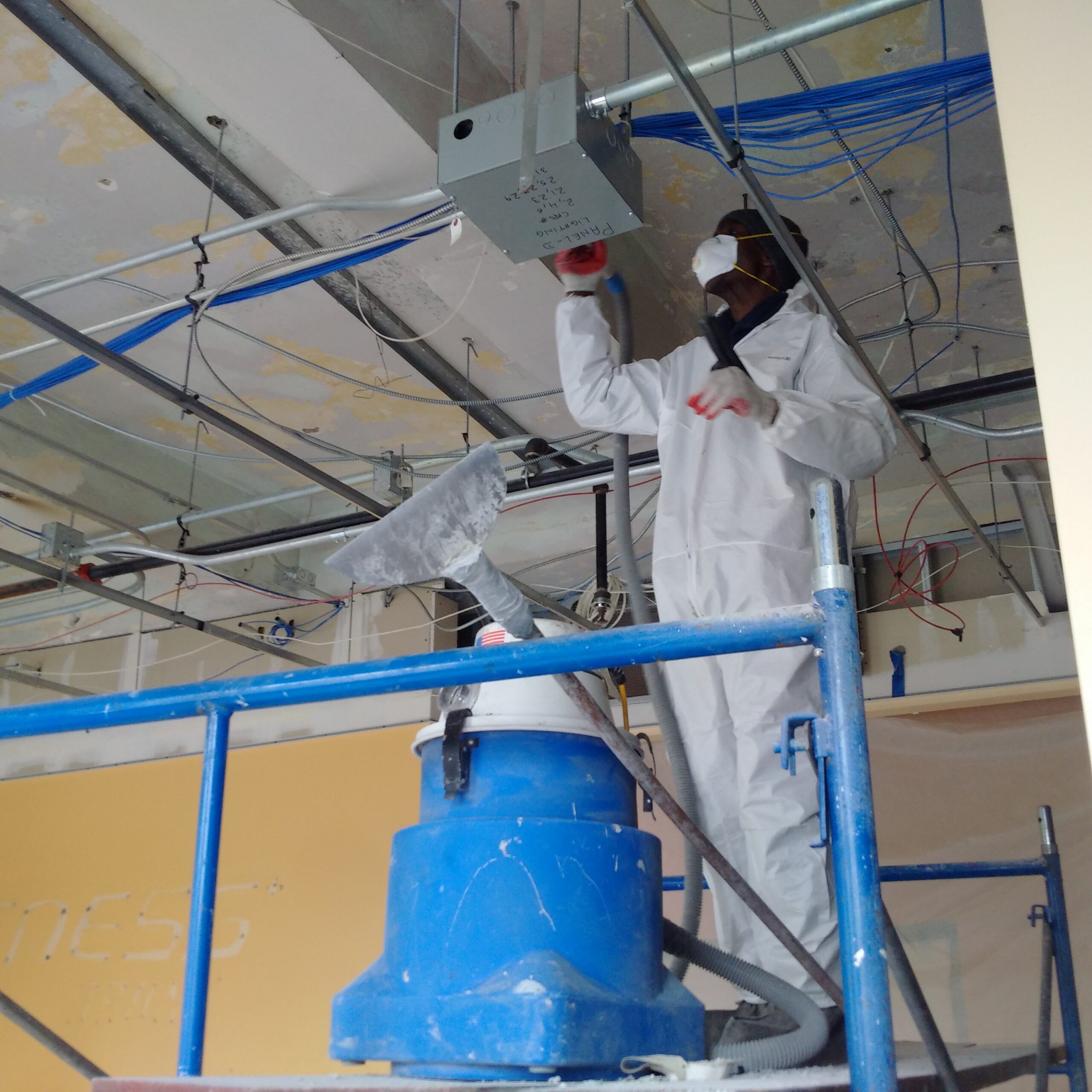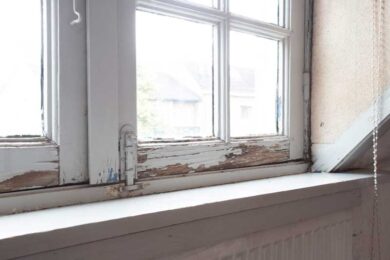Lead Paint Removal Service-- NYC's Trusted Solutions for Lead Security
Comprehensive Guide on Effective Lead Infraction Elimination Methods
In the realm of environmental safety and security, resolving lead violations demands a careful and structured approach. This thorough overview begins by highlighting the important first steps of determining lead threats with innovative evaluation and testing methods. The overview specifies on the importance of sticking to stringent safety methods throughout the elimination procedure, consisting of the usage of correct PPE and isolating affected areas.
Determining Lead Hazards
Identifying lead hazards is an essential very first action in alleviating the threats associated with lead direct exposure. Lead, a toxic steel, can be present in numerous environmental tools, including paint, dirt, water, and dirt.
The first phase in recognizing lead threats includes understanding common lead resources within the developed atmosphere. Structures constructed before 1978 are specifically vulnerable due to the common use lead-based paint throughout that period. In addition, dirt contamination can take place from deteriorating exterior paint, industrial exhausts, or historical use leaded fuel.
Another considerable resource is lead piping and plumbing components, which can seep introduce drinking water. Consumer products such as playthings, ceramics, and imported items might additionally include harmful lead levels. Notably, job-related settings and pastimes involving lead can track contaminants right into homes.
Analysis and Screening
When dealing with lead risks, reliable evaluation and testing are extremely important. This critical action makes certain the recognition and quantification of lead existence, thereby guiding succeeding remediation efforts. Initial analysis usually involves an aesthetic inspection to identify potential lead sources, such as wearing away paint or contaminated dirt. This is matched by even more strenuous screening methodologies to establish the degree of contamination.

Dirt wipe sampling is an additional crucial technique, particularly in property setups. By gathering samples from floorings, windowsills, and various other surface areas, this approach offers insights into possible direct exposure risks. Dirt testing around building perimeters is necessary to spot lead contamination that can pose dangers, especially to youngsters.
Safe Removal Procedures
Upon finishing detailed analysis and testing, executing safe elimination treatments is the following critical stage in resolving lead hazards. This process makes sure that lead-contaminated products are effectively and safely gotten rid of, lessening threat to both workers and residents. The very first step entails separating the affected location using plastic sheeting and proper sealing strategies to stop the spread of lead dust.
Employees must put on appropriate personal protective devices (PPE), including respirators, gloves, blog here and non reusable coveralls, to alleviate direct exposure. Using specialized tools and damp techniques, such as wet sanding or utilizing HEPA-filtered vacuums, lowers the dispersion of lead fragments. It is important to avoid completely dry fining sand or rough blowing up, as these approaches can create harmful lead dirt.
Waste disposal is an additional Read More Here vital element; all polluted materials have to be safely bagged and identified according to EPA and regional policies. Furthermore, complete cleaning of the workplace with HEPA vacuum cleaners and wet wiping makes certain the elimination of recurring lead particles.
Post-Removal Verification

Confirmation of successful lead elimination, understood as post-removal verification, is critical to make sure the security and habitability of the remediated area. This inspection guarantees that all recognized resources of lead have been attended to and that no visible indicators of contamination continue to be.
Complying with the aesthetic inspection, ecological tasting is conducted. This includes collecting dust, soil, and often water examples from the remediated location. Certified research laboratories assess these examples to determine lead levels, guaranteeing they drop listed below the safety thresholds developed by regulative bodies such as the Environmental Protection Agency (EPA)
Additionally, air top quality testing might be done to identify airborne lead particles, specifically in instances where extensive lead-based paint removal or renovation has happened. The results of these examinations give measurable information validating that the lead levels are within allowable limitations.
Inevitably, post-removal confirmation acts as a critical checkpoint, validating the effectiveness of the lead reduction efforts and securing the health of passengers and visitors.
Safety Nets and Maintenance

An essential safety net includes the use of lead-safe certified specialists for any kind of restoration, repair service, or paint activities. These professionals are learnt methods that lessen lead dust and debris. In addition, keeping colored surfaces to prevent chipping or peeling is necessary, as wearing away paint can launch lead fragments right into read review the atmosphere.
Educational campaigns targeting homeowner and lessees concerning the dangers of lead and the significance of reporting any type of prospective threats can additionally enhance precautionary initiatives. Routine cleansing utilizing HEPA vacuum cleaners and damp wiping techniques can substantially reduce lead dust build-up.
Verdict
In summary, efficient lead offense elimination demands a thorough method incorporating extensive analysis, accurate screening, and stringent removal treatments. Recurring assessments and upkeep are crucial to minimize future lead threats, thereby protecting public health and ensuring continual conformity with regulative requirements.